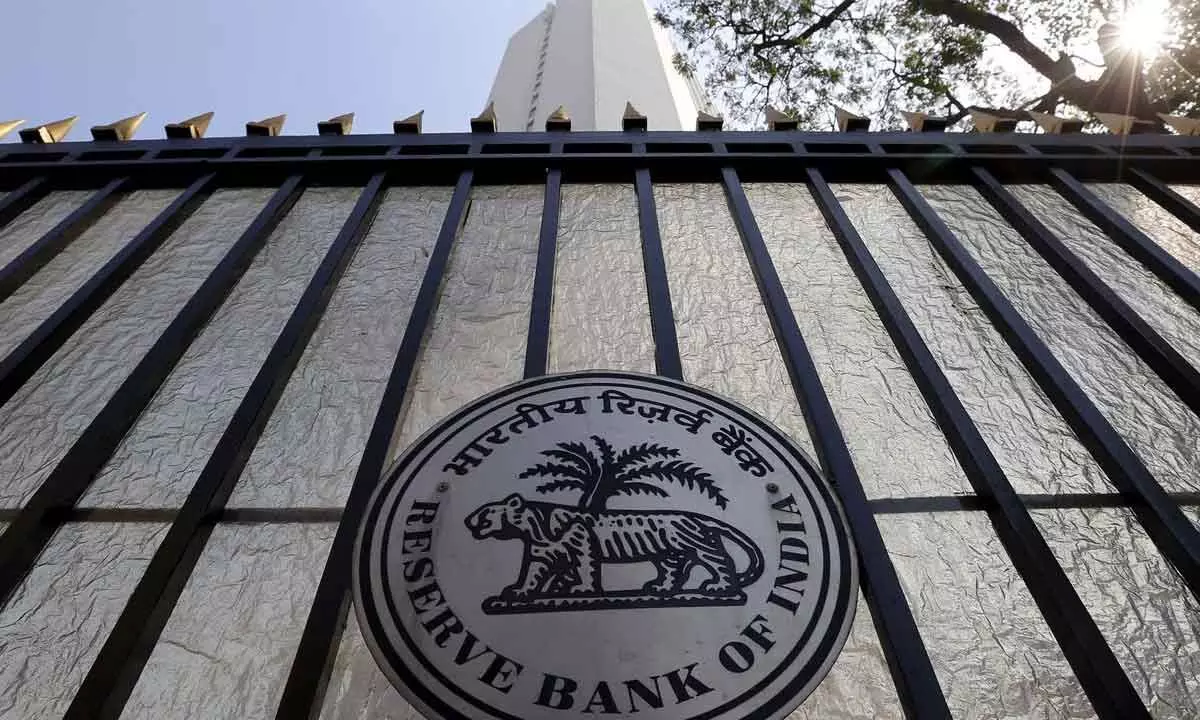How RBI dividend of Rs 874.16 billion can push up fiscal spend
image for illustrative purpose

The RBI has decided to transfer Rs 874.16 billion as dividend to the government of India. The decision to this effect was taken by the central board of the apex bank during its recent 602nd meeting. It has budgeted Rs 49,000 crore for the year 2022-23. While the surplus is relatively higher, the RBI has used the opportunity to increase provisions towards the Contingency Risk Buffer to six per cent of the balance sheet, up from 5.5 per cent in FY22. The Bimal Jalan committee had recommended maintaining the contingency risk buffer at 5.5-6.5 per cent of the balance sheet. The government had budgeted for Rs 480 billion as dividend from RBI and financial institutions in FY24. It would, as per Finrex, help the Centre reduce its fiscal deficit to below the budgeted level. Last year's dividend was one of the lowest that RBI has paid in the last five years. This is because of net profit from massive FX sales and somewhat higher interest income. However, this will be partly countered by much higher provisioning owing to higher MTM losses on foreign securities versus FY22–further pained by INR depreciation of sseven per cent during the year. This fiscal buffer would come in handy, especially as tax buoyancy may undershoot budget estimates. Even so, Emkay does not see the fiscal deficit missing the target in FY24. Separately, frictional liquidity will likely ease in the near term with dividend inflows and seasonal moderation in currency demand.
The massive net income gain will come from foreign sources–likely driven by massive gross dollar sales of $206.4 billion in FYTD23 (data until February) as against $96.7 billion in FY22, inclusive of maturing of $5 billion buy-sell swap and issuance of $ 5 billion sell-buy swap in April. This huge gross dollar sale was more active during June-December, with the USD/INR rate averaging close to 80.6. Assuming a weighted average historical dollar acquisition cost of Rs 64/65, the FX transactions will yield considerable gains in income statement. Meanwhile, the forward book was down to net long $23.6 billion versus $ 65.9 billion in one year, mostly led by up to a one-year maturity tenor.
Meanwhile, there is likelihood of interest income making modest gains, including in net income from domestic (and foreign) bond holdings as well as domestic loans and advances to banks, while interest outgo on LAF would likely reduce, as system liquidity has moved from deep surplus (reverse repo mode) to a near-neutral state towards end-FY23. The MTM losses on foreign securities have eaten materially into RBI's net income, aver most market participants. RBI’s BS is likely to rise by the lowest level since DeMon, by a mere 2.2 per cent (9 per cent/30 per cent in FY22/FY21).

